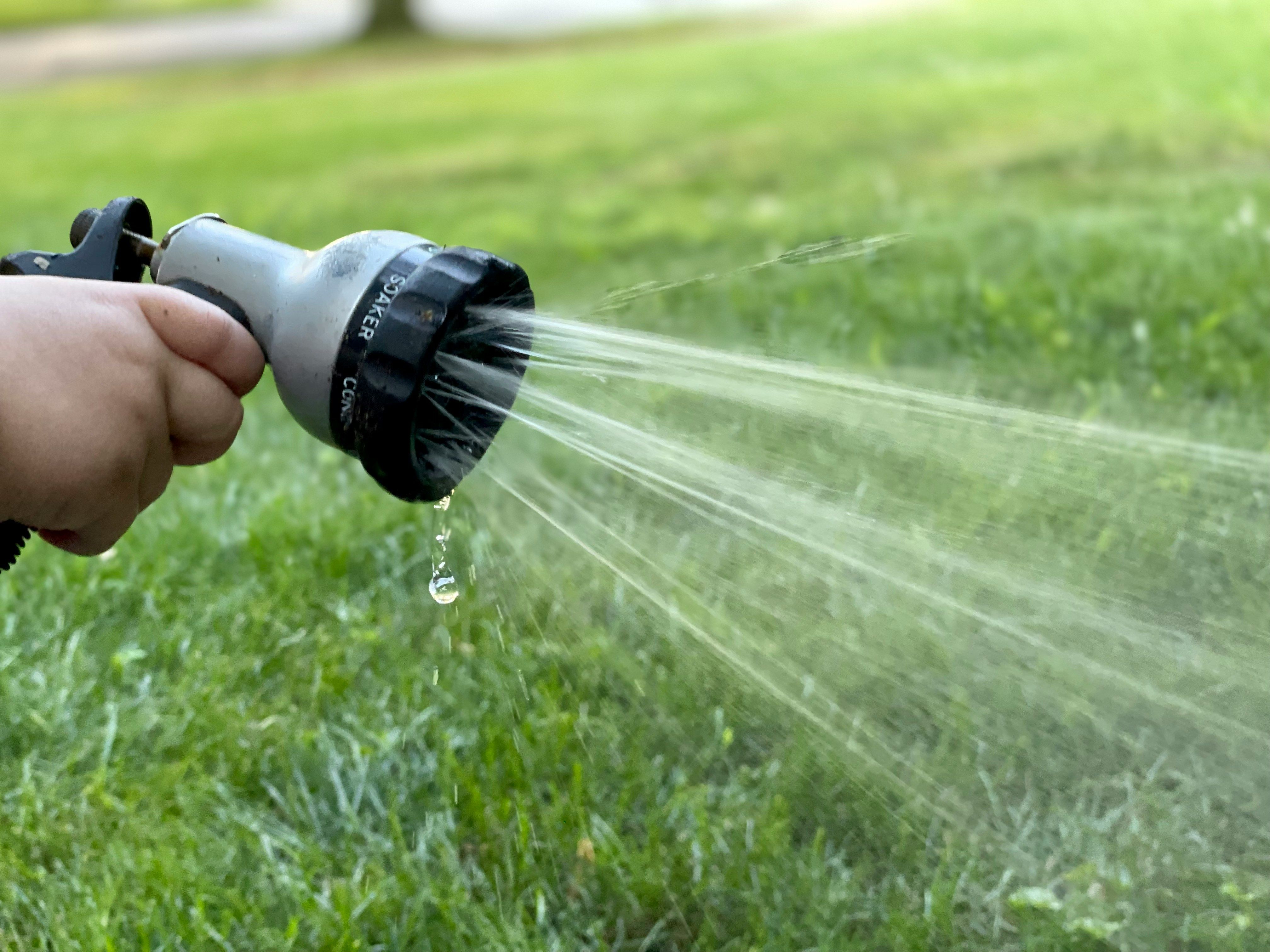Millions of people across the UK are currently under hosepipe bans due to hot weather and water shortages. But while everyone is trying to save water, there’s a hidden health risk people often overlook: Legionnaires’ disease, caused by bacteria that can grow in garden hoses and even water butts.
Let’s explain what’s happening and how to stay safe.
Who Is Affected?
As of July 2025, bans are in place in:
- Yorkshire Water – since 11 July
- South East Water (Kent & Sussex) – since 18 July
- Southern Water (Hampshire & Isle of Wight) – since 21 July
- Thames Water (Oxfordshire, Berkshire, Wiltshire) – since 22 July
More areas could be added if the dry weather continues.
Why Water Butt Use Is on the Rise
With hosepipes off-limits, many gardeners are turning to water butts to collect and store rainwater. This is a great way to conserve water, but it’s not risk-free.
The Problem: Legionella Bacteria Can Grow in Water Butts
- Water butts are dark, warm, and stagnant, perfect conditions for Legionella to grow.
- If you use a hose or spray attachment connected to a water butt, you could inhale contaminated droplets, leading to Legionnaires’ disease.
What Is Legionnaires’ Disease?
Legionnaires’ disease is a lung infection (a type of pneumonia) caused by inhaling tiny water droplets (aerosols) that are contaminated with Legionella bacteria.
These bacteria are commonly found in natural water sources like rivers and lakes, but they can become dangerous when they multiply in man-made water systems such as:
-
Water storage tanks
-
Hot and cold water systems
-
Cooling towers
-
Spa pools and hot tubs
-
Hosepipes, sprinklers, or water butts in warm, stagnant conditions
When contaminated water is aerosolised, through a fine mist, spray, or vapour- it can be breathed into the lungs. The disease does not spread person-to-person and is only contracted through inhalation.
Symptoms include:
- Cough
- Fever
- Chills
- Muscle aches
- Shortness of breath
It can be life-threatening, especially for older adults or people with weak immune systems.
How to Stay Safe While Saving Water
|
✅ DO THIS |
🚫 AVOID THIS |
|
Flush out garden hoses before use |
Using hoses or water butts that sit in full sun |
|
Empty and clean your water butt regularly |
Letting algae or dirt build up inside |
|
Keep water butts covered and shaded |
Leaving them uncovered where bacteria can thrive |
|
Use watering cans instead of spray hoses |
Creating fine mists you might breathe in |
|
Fit a non-return valve if attaching hoses |
Letting dirty water back flow into the system |
Simple Water Butt Maintenance Tips
- Clean your water butt every few months using a mild disinfectant or water butt cleaner.
- Keep the lid tightly closed to prevent debris, insects, or animals from getting in.
- Use mesh filters to reduce organic material like leaves, which feed bacteria.
- Keep it out of direct sunlight, which heats the water and increases risk.
Hosepipe bans are here to stay for now, and using water butts is a smart, eco-friendly alternative. But it's important to remember that stagnant water carries health risks if not managed properly.
By following a few simple steps, you can save water and protect your family’s health.
Stay safe, stay cool, and keep those water butts clean!
